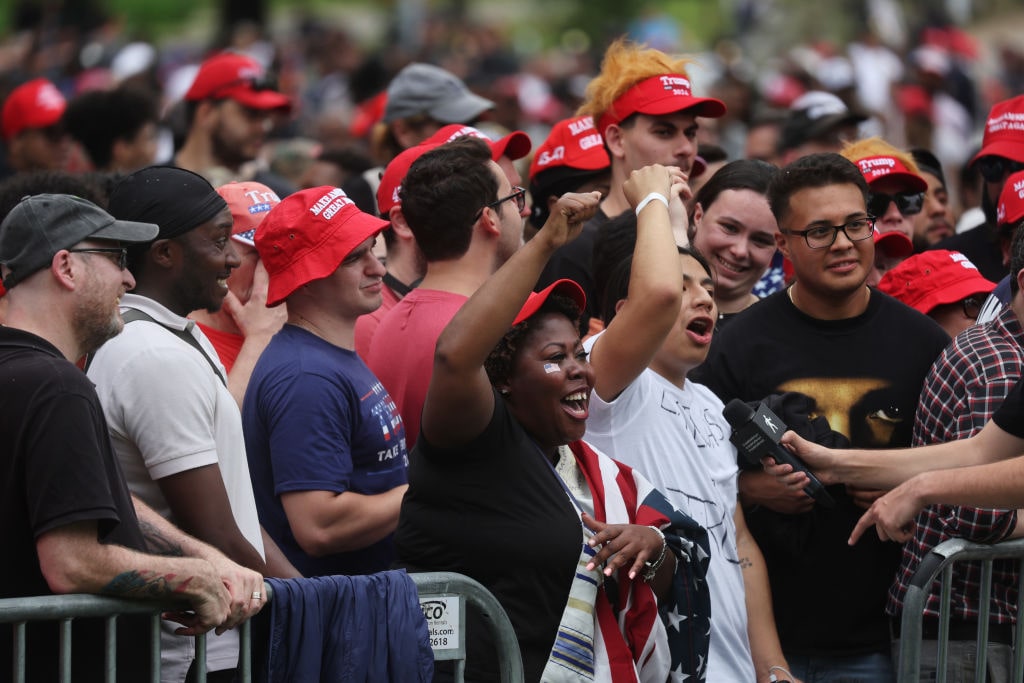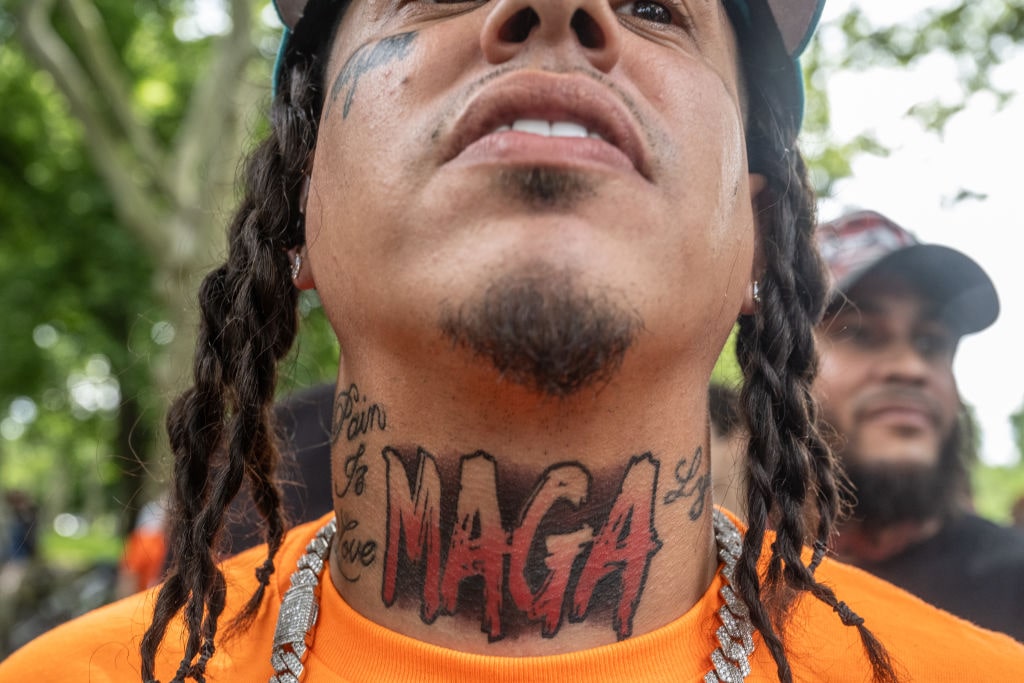Lessons to learn from Nixon’s 1972 victory.
By | May 24, 2024 @ Liberty Nation News, Tags: Articles, Good Reads, Politics

As former President Donald Trump descended on Crotona Park in the South Bronx on Thursday, May 23, to rally potential voters ahead of the November election, one thing was strikingly clear: New York is no longer a No Go Zone for the Republican contender. With an estimated 25,000 people in attendance – as opposed to the 3,500 that were expected – political pundits may see warning signs for Democrats. History doesn’t always repeat itself, but it does tend to rhyme. Whether Team Trump can glean lessons from the past could determine the future trajectory of the Empire State and perhaps even the nation.
Switching It Up In New York
While New York has long been regarded as deep blue territory, it has demonstrated that when the right candidate comes along, the voters are willing to go all-in – even if said hopeful has been rejected before.
 Since 1988, residents have opted for the Democratic Party contender
every time, and in some cases by huge margins. George H.W. Bush lost to
Michael Dukakis by a mere 4% in ’88 – a deficit that swelled to 15%
against Bill Clinton in ’92. The vote share has never really recovered
for the GOP.
Since 1988, residents have opted for the Democratic Party contender
every time, and in some cases by huge margins. George H.W. Bush lost to
Michael Dukakis by a mere 4% in ’88 – a deficit that swelled to 15%
against Bill Clinton in ’92. The vote share has never really recovered
for the GOP.
Bob Dole lost the state by 29%, and George W. Bush lost by 25 points and 28 points in 2000 and 2004, respectively. John McCain lost to Barack Obama by 26%, a feat surpassed by Mitt Romney, who came in more than 28% behind the 44th president. And then we get to Donald Trump, who lost the Empire State to Hillary Clinton by 22% in 2016 and 23% to Joe Biden in 2020.
But in American politics, comebacks are a thing of legend.
When Richard Nixon ran for president in 1960, he lost New York by five points to John F. Kennedy. His second run in 1968 saw him lose the state to Hubert Humphrey, also by five points – he actually decreased his vote share by more than 400,000 ballots. But then, in 1972, New Yorkers went for Dick Nixon in a big way, rewarding him with an increase of more than one million votes over his previous haul and a 17% lead over Democrat George McGovern.
Lessons From Nixon ‘72
There are some key takeaways from the 1972 49-state sweep that perhaps echo the political landscape of today.
This was the first election year since the ratification of the 26th Amendment, lowering the voting age from 21 to 18 and creating a whole new tranche of prospective voters. An estimated 25 million potential new voters were enfranchised, and – according to McGovern strategist Fred Dutton – Democrats expected to win about 75% of this new group. That fevered dream of flipping the electorate turned into a nightmare courtesy of GOP organizer Ken Reitz.
As The Harvard Crimson described in a 1972 article:
“After Nixon’s [1960] defeat, Reitz became involved in a number of campaigns, eventually ending up in Tennessee where he masterminded the huge young voter turnout for Senator William Brock (R.Tenn.). Brock was so impressed by the organizational skills of the young Republican that he asked him to draft a proposal for capturing the youth vote for Nixon’s re-election attempt.”
Reitz claimed that he had 400,000 volunteers across all 50 states and “organizations on 400 of the largest campuses in the country with between 150,000 and 200,000 college volunteers.”
Explaining his strategy, he said:
“The first thing we did was to take a look at the polls. We began to see that there was a large gap in the level of support for the President’s programs and the level of support for the President. In other words, young people were for what the President was doing, but not for the President. We saw it as our job to identify the President more closely with his programs, to close the gap between his popularity and the popularity of his programs.”

(Photo by Stephanie Keith/Getty Images)
If all this sounds familiar, that’s because it appears to be in line with Donald Trump’s official and unofficial outreach programs to young voters. Think Charlie Kirk’s Turning Point USA and its mission “to identify, educate, train, and organize students to promote freedom.” While not specifically endorsing the former president, Kirk’s digital outreach, on-campus appearances, and debates have swept social media in a way that almost all Democrat organizations have failed to manage.
It is predominantly the younger generations who indulge in YouTube Shorts, TikTok posts, and X videos, and this is a field that Donald Trump is dominating through his surrogates and supporters. And Joe Biden is feeling the pinch.
Young Voters and the Polls
Bush Senior was the last Republican president to win the under-29 voters in significant numbers. It has all been downhill with this key demographic for the GOP ever since. But consider this snapshot of recent polling:
- Wall Street Journal: Biden at just 50% with voters under 30 – a significant decline since 2020.
- NPR/PBS/Marist: Trump up two points with both Millennial and Gen-Z voters.
- Fox News: Trump up 18 points in voters under 30 in a head-to-head and 21 points up with other candidates included.
While not conclusive that young voters have jumped ship from the Democratic Party, it suggests that Mr. Biden has lost the enthusiasm factor that his party once took for granted in this cohort.
Trump is polling roughly one point ahead of Biden nationally according to the Real Clear Politics average; notable because the former president not once had a national polling lead in 2016 and 2020. It appears that his campaign is chipping away at all key areas of advantage for the incumbent: black voters, Hispanic voters, and the all-important young voter category.
New York may not swing for Donald Trump in this November’s election – indeed, a recent Siena poll still has him trailing by nine points. But the margins have narrowed significantly, and as Frank Sinatra wisely sang of the Big Apple, if you can make it there, you can make it anywhere.
No comments:
Post a Comment